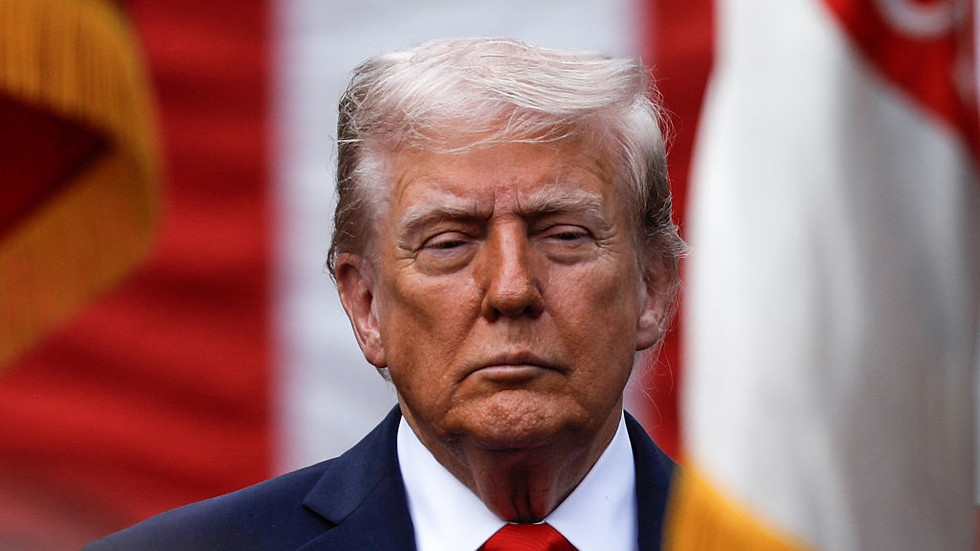The US has given the Hamas militant group a four-day deadline to respond to a 20-point peace proposal for the Gaza region. The plan, unveiled by the White House during a meeting between US President Donald Trump and Israeli Prime Minister Benjamin Netanyahu, calls for an immediate ceasefire, a hostages-for-prisoners exchange, and a phased Israeli withdrawal. It also envisiones Gaza as a “deradicalized, terror-free zone” where Hamas is excluded from governance.
According to Trump, Hamas has “not much” room to negotiate, and if they fail to accept the plan, it will be a “sad end.” The US President warned that if Hamas rejects the plan or violates it, Israel will have his “full backing.” Netanyahu echoed this sentiment, stating that Israel would “finish the job” of eradicating Hamas if the group refuses to comply.
The plan, which was shared with Hamas by mediators Qatar and Egypt, requires the group to disarm – a demand they have long rejected. Hamas was not part of the negotiations that produced the plan, which also excludes any proposals that do not include Palestinian self-determination. Despite this, officials close to the talks said that Hamas pledged to review the plan “in good faith,” with a formal response still pending.
The Palestinian Authority, which governs the West Bank, has welcomed the plan, calling it a “sincere and determined effort” to achieve peace in Gaza. Under the proposal, the Palestinian Authority would assume control of Gaza once the conflict ends and reforms required by the deal are implemented. Nearly a dozen Arab and Muslim-majority nations, including Saudi Arabia, Jordan, the UAE, and Egypt, have also backed Trump’s peace initiative.
The US President’s plan has significant implications for the region, and the next steps will be closely watched. With the four-day deadline looming, the international community awaits Hamas’ response to the proposal. If accepted, the plan could potentially bring an end to the conflict in Gaza, but if rejected, it could lead to further escalation.
